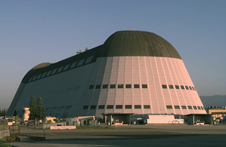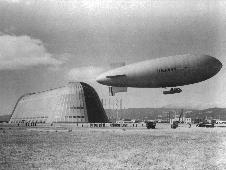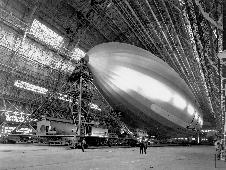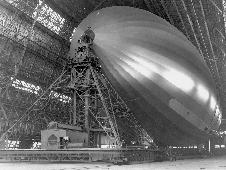Memorandum of Understanding
Download the Memorandum of Understanding between NASA and the Navy.
Hangar One in the News
NASA asks Navy for help with Hangar One (http://www.mv-voice.com)→
Navy has Published the Moffett Field Hangar 1 Action Memorandum ( http://www.bracpmo.navy.mil)→
Hangar One - Blogs, Posts, and News (http://moffettfield.blogspot.com)→
Discontent over Hangar One plan (http://www.mv-voice.com/news/show_story.php?id=1019)→




